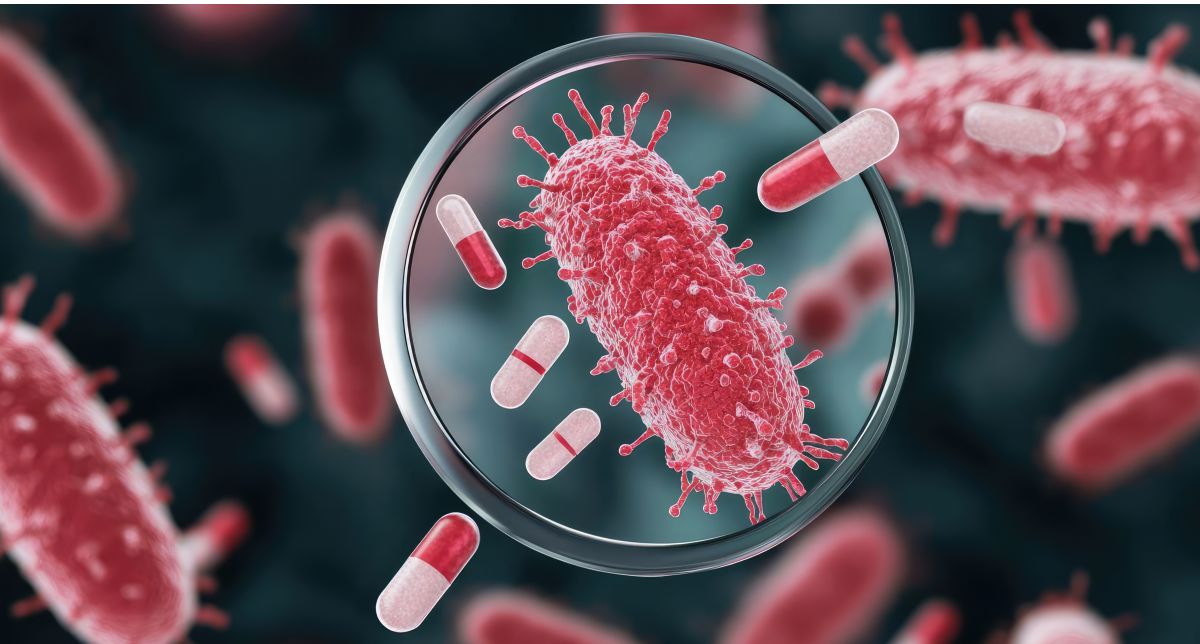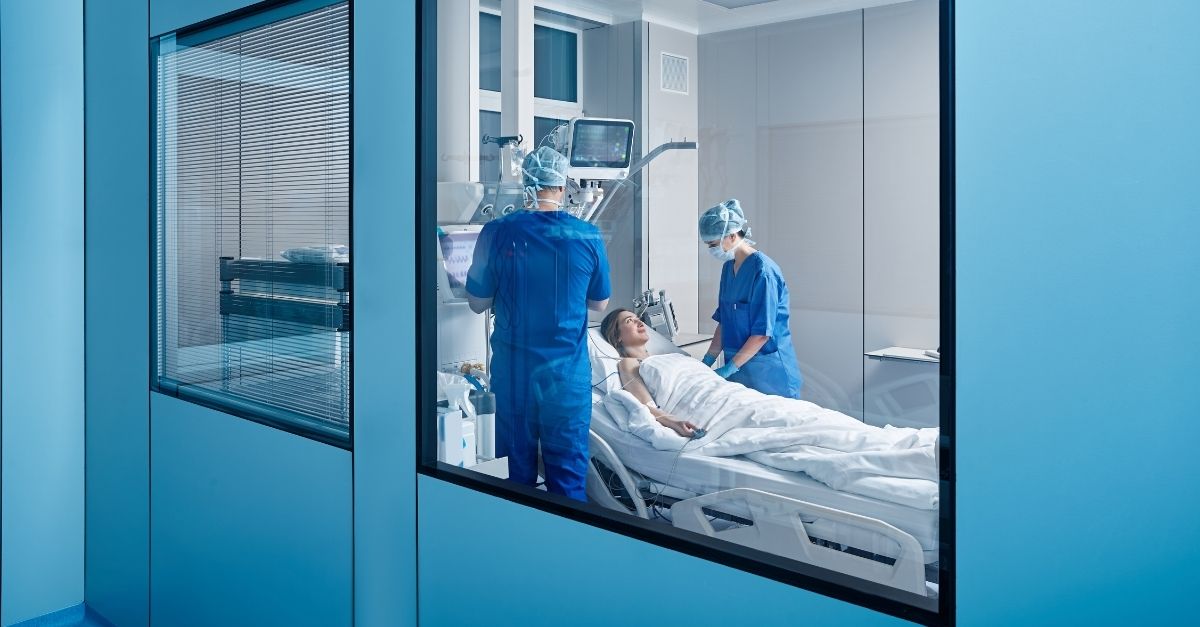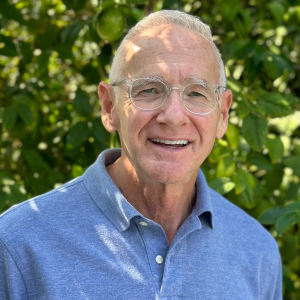
Antimicrobial resistance (AMR) is a very complex topic, rather tough to explain. It involves the ability of microorganisms, such as bacteria, to resist the effects of antimicrobial medicines, including antibiotics, which are used to treat infections. For this reason, there are several common misconceptions, myths and false perceptions around this subject.
For example, have you ever heard someone say: “I am resistant to this antibiotic”? Well, this sentence is wrong. Indeed, contrary to common belief, antibiotic resistance is not about the human body becoming resistant to antibiotics.
It is actually the bacteria themselves that develop resistance to these medicines, a self-defence to prevent antibiotics from harming them. As a result, antibiotics – used by doctors and veterinarians – become less and less effective or even completely ineffective in treating bacterial infections.
In this blog I will describe to you in a simple way how bacteria become resistant to antibiotics.
Let me start with a few important basics. A bacterium is a microscopic organism made up of a simple, single cell. Outside, it has two different protective coverings: a capsule and a cell wall. Inside the cell, the DNA is loose in a gooey substance (called cytoplasm). The cytoplasm surrounds a number of small but essential structures (e.g., the ribosomes) that enable the bacterial cell to survive and multiply.
Antibiotics disrupt these structures and block the functioning of vital processes, either killing or stopping bacteria from multiplying. Therefore, to protect themselves against the actions of these medicines, these microorganisms have developed different and effective defence mechanisms.
(A tip: try to imagine the antibiotic as a key, and the bacterial structures it specifically targets as a lock: it will be easier to understand what I am going to describe.)
- Modifying the antibiotic
Bacteria can produce substances (called enzymes) that can change the chemical structure of the antibiotic. This prevents the antibiotic from binding to its target inside the cell. A different key cannot open the same lock, unfortunately. - Destroying the antibiotic
In this case, bacteria produce enzymes that destroy and inactivate the antibiotic. An example is the so-called enzyme beta-lactamase, which breaks apart the beta-lactam ring of penicillins. As you can easily guess, a broken key does not open the lock. - Keeping the antibiotic out of the cell
Bacteria are able to change the structure of their cell wall, making it more difficult for the antibiotic to pass through or even blocking it from entering the cell. In this case, the key is available and can open the lock, but it is too far. - Pumping the antibiotic out if it gets in
Bacteria can insert actual “pumps” into their cell wall, capable of expelling unwanted substances out of the cell (including antibiotics). Moreover, bacteria can even produce multiple pumps. In this case, the lock is very close, but suddenly the key flies away. - Disguising the target of the antibiotic
Finally, bacteria can change their own structure (the target), thus preventing the antibiotic from interacting with it and protecting it from being irreparably damaged. The lock has been changed and the key is no longer able to open it. What a pity!
These tiny organisms have developed truly fascinating and effective ways to survive, haven’t they? Here are the secrets of their billions of years of evolution!
And imagine: every day scientists learn something new about the resistance mechanisms of microorganisms.
Now you know and understand that it is not the human body that becomes resistant to antibiotics. Rather, bacteria are able to develop resistance to overcome repeated antibiotic attacks.
As I said: it is a matter of self-defence for them.

Francesco M. Labricciosa
Francesco M. Labricciosa is a Medical Doctor from Italy. After earning a post-graduate diploma in Primary Care Medicine, he consolidated his experience in different healthcare settings, and then became a specialist in Hygiene and Preventive Medicine.
Antimicrobial Resistance (AMR), optimal and prudent use of antimicrobials, and awareness towards consumption of these medications represent his main fields of interest.
Since 2016, he has been working with the Global Alliance for Infections in Surgery. He participated in several international research projects about prevention and management of healthcare-associated infections, surgical antibiotic prophylaxis, antimicrobial therapy in intra-abdominal infections, and antimicrobial stewardship programs. He has co-authored more than 40 articles published in peer-reviewed medical journals.
In 2023 he started an interesting collaboration with The AMR Narrative, serving as an Independent Advisor for the charity, and writing blogs to promote public understanding and education for AMR.
Moreover, Francesco works with several medical communication agencies in designing and finalising educational materials aimed at diversified audiences. Finally, he takes an active role in science communication blogging about antimicrobial use and AMR.












